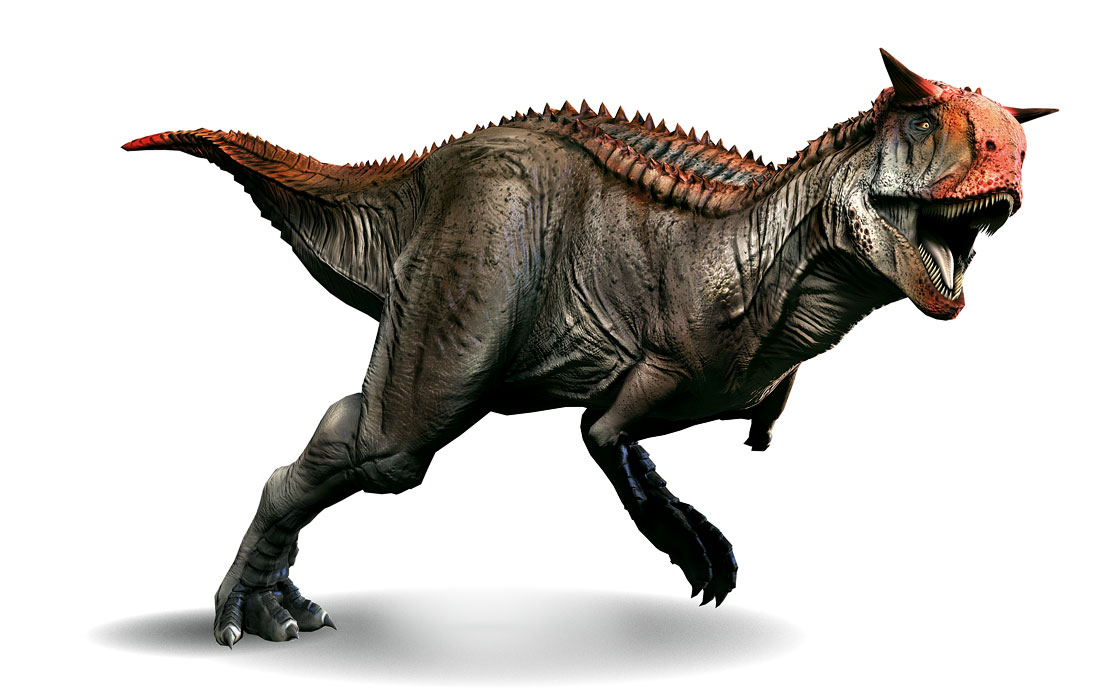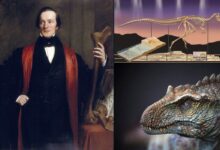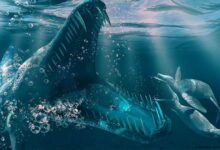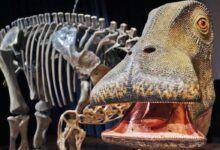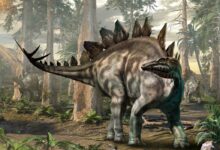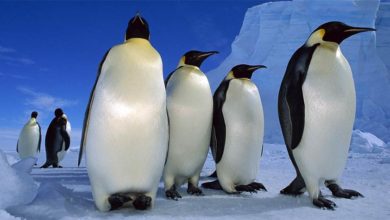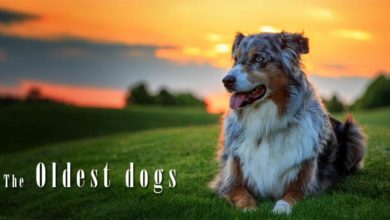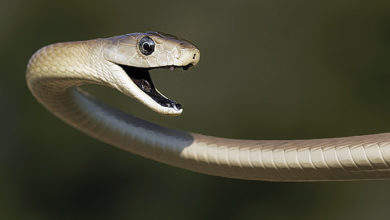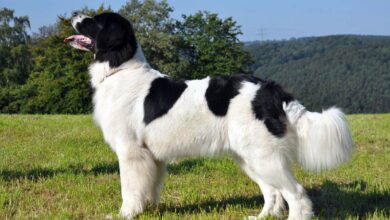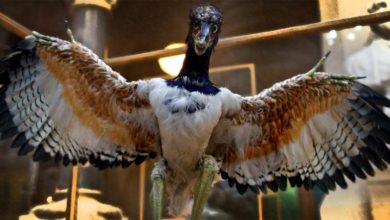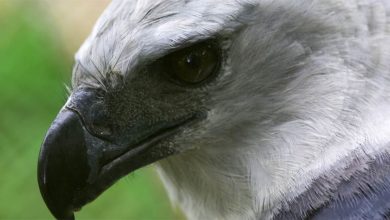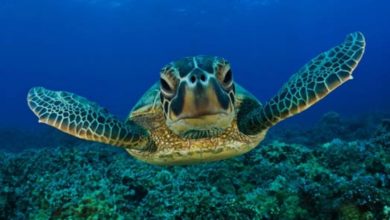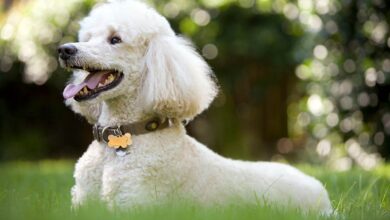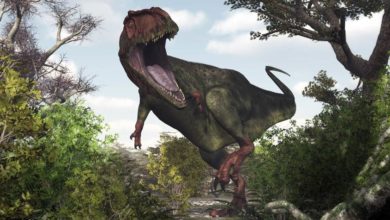Carnotaurus sastrei
Carnotaurus – DNA donor for Indominus rex
In front of us is one of the “stars” of the movie “Jurassic World“. The filmmakers knew what they were doing, because Carnotaurus is one of the most interesting theropods known to science. However, it is not only about the characteristic comb-shaped horns that were used in the film about Indominus rex. “Serpentine” structure of the skull, specific method of killing, and (probably) great running skills make these dinosaurs more and more talked about, despite the fact that they were not as big as T. rex or Spinosaurus. Carnotaurus is also one of the heroes of the 5th episode of Prehistoric Planet, but this aspect probably will not appeal to many dinosaur fans. When, during a mating dance, Carnotaurus waves its little blue front paws, it looks rather ridiculous and pathetic, not at all like a powerful predator.
Classification
- Kingdom: Animalia
- Phylum: Chordata
- Clade: Dinosauria
- Clade: Saurischia
- Clade: Theropoda
- Family: †Abelisauridae
- Clade: †Furileusauria
- Tribe: †Carnotaurini
- Genus: †Carnotaurus
- Species: †Carnotaurus sastrei
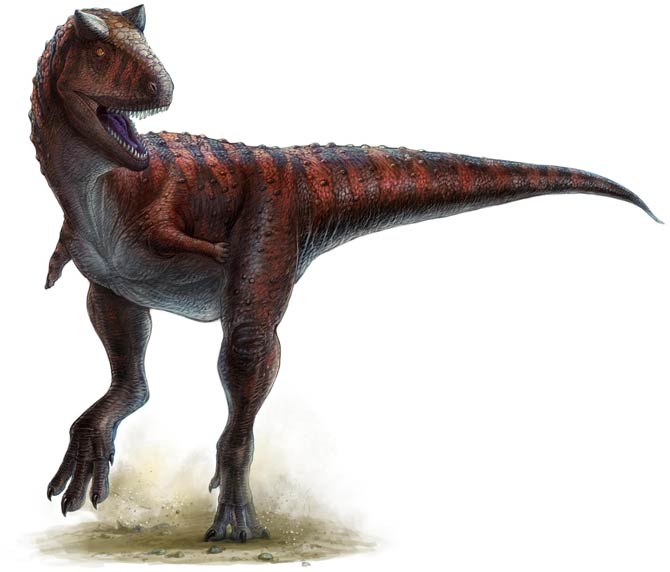
Occurrence and dating
Carnotaurus remains were found in the upper part of the Cerro Barcino geological formation in South America. On their basis, it was established that the animal’s skeleton is about 100 million years old. After longer analyzes, it turned out that the lizard bones are related more to the much younger La Colonia formation in Argentina, which is dated 72-69 million years ago (Late Cretaceous).
Discovery
Only one Carnotaurus skeleton has been found so far. In 1984, a group of paleontologists led by Argentine paleontologist José Fernando Bonaparte did it. This expedition was part of a larger expedition started in 1976, called Jurassic and Cretaceous Terrestrial Vertebrates of South America. The expedition was sponsored by the National Geographic Society.
The skeleton of the dinosaur was in very good condition, some bones were still attached to each other, while others were badly damaged due to weathering. The skull was crushed, the pre-jawbone was pushed up onto the nasal bone.
It is known that the skeleton belongs to an adult individual, but the cause of its death has not yet been known. The position of the body shows that, like many other theropods, at the time of death the animal had an unnaturally bent neck (this position has its English name – death pose).
What made the excavation stand out were the preserved remains of the skin. Another trip to the same place was to find additional pieces of skin. Scientists achieved their goal – they managed to obtain additional elements of dinosaur skin.
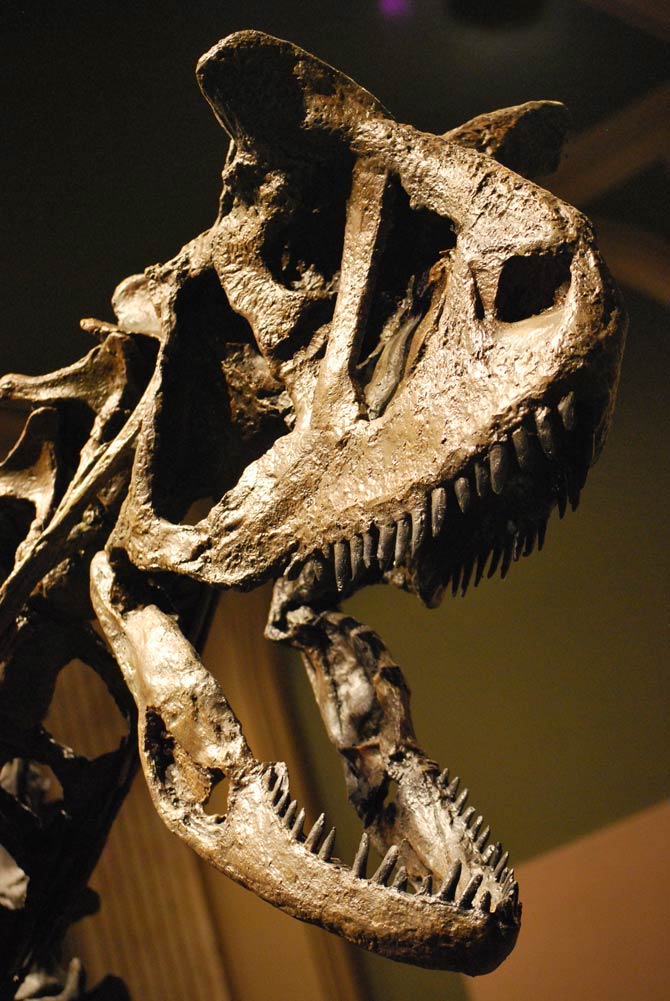
Characteristic
Appearance
The Carnotaurus was a large theropod, but not too heavy. It is estimated that it weighed 1.3-1.5 tons (some analyzes suggest that it could weigh about 2 tons). It was 8-9 m long, which makes it one of the largest Abelisaurids. Only the Ekrixinatosaurus, which lived a little earlier (100-97 million years ago), and the Abelisaurus – which lived 83–80 million years ago, could have been of similar size.
Carnotaurus’s body resembled other large theropods: it had a massive skull, strong hind limbs, small forelimbs, and a muscular tail. However, he had several features that clearly distinguished him from other relatives. The forelimbs were proportionally smaller than other theropods. The four fingers joined together to form two distinct fingers so that the animal could not move them independently of each other. Moreover, these fingers were not armed with claws. It is possible that if Carnotaurus had continued to evolve for a few more “centuries”, the forelimbs would have completely disappeared.
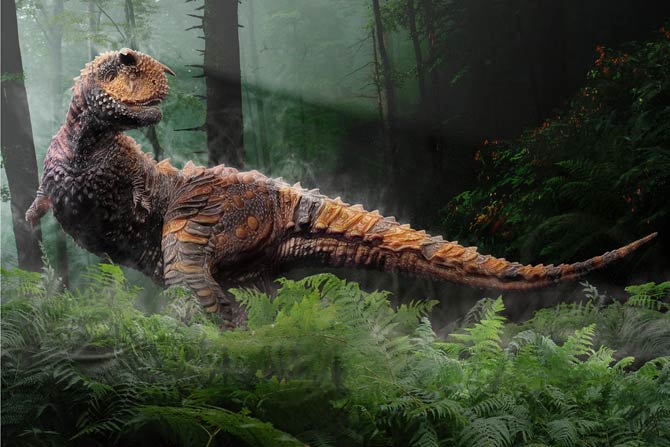
Skin
There were skin debris on discovered Carnotaurus skeleton. Its remains were found on the lower jaw, the front of the neck, the shoulder girdle, and the chest. The largest flap of skin was on the tail.
The dinosaur was covered with skin polygons measuring approximately 5 mm in diameter. The mosaic of scales was separated by parallel grooves. The scales were arranged similarly to each part of the body, with the exception of the head. Within it, the skin was distinguished by an irregular pattern. There is no evidence that Carnotaurus possessed feathers.
Irregular rows of lumps run along the neck, back and tail. Each such nodule measures 4-5 cm in diameter, and the intervals between them are 8-10 cm. These structures resemble the protrusions that cover the bodies of hadrosaurs. According to Stephen Cherkas, these structures could protect lizards during battles with other Carnotaurus and theropods of similar size. Cherkas developed his theory from the observations of iguanas in which similar structures provide limited body protection during combat.

Skull structure and bite force
The Carnotaurus had a short but deep skull. This proves his close relationship with other Abelisaurids. Despite the depth (i.e. height), the skull was very narrow, and the lower jaw was small (which is probably why many people were surprised by the appearance of the Indominus Rex skull :), which was less massive than the skull of T. rex). This means that Carnotaurus did not have additional jaw-muscle attachments, which in turn suggests that the bite force of this animal was not too great, especially when compared to large tyrannosaurs.
The slight force of the bite is attributed to animals that are not active hunters. However, examination of the skull revealed that the Carnotaurus was able to bite from above, digging its teeth into the victim’s skull. This would mean that the lizard’s head would act like a falling ax. Therefore, the force of an impact alone could do more than a bite. This hypothesis is also supported by the relatively long neck of Carnotaurus, which would have allowed such attacks. In addition, it appears that the theropod was able to open its mouth quickly. This would undoubtedly help in delivering a few quick strikes aimed at killing the prey.

Kinetic skull
A poor bite, then, does not indicate poor capabilities. For the entire animal skull was a specialized tool that is today called the kinetic skull. This means that the individual bones are not fused together, but connected a bit loosely by ligaments. Today snakes have a similar skull structure.
The teeth were long and narrow, which in turn distinguished him from other Abelisaurids. There were 12 teeth on each side of the upper jaw, while the lower jaw had 15 teeth on each side.
Therefore, there are many indications that the Carnotaurus was, after all, an active hunter. This also suggests the arrangement of the eye sockets. They are located at an angle and slightly forward, thus enabling stereoscopic vision. It helps to see the depth of the image, estimate the distance to the prey, etc. (similar to a tyrannosaurus). Long hind legs tell us that the animal could move quickly in pursuit of the prey, unlike the heavy Tyrannosaurus.
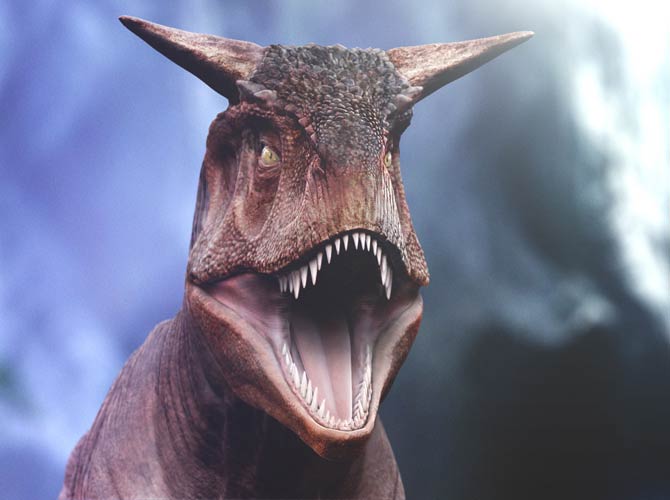
Horns
The crest-shaped horns above the eyes are a hallmark of the Carnotaurus. Their appearance, however, resembled the horns of other theropods – Ceratosaurus and Dilophosaurus.
Many paleontologists have suggested that these creations did not merely serve as ornaments. One of the proposed theories is that males used them for intraspecies fighting. The relatively delicate skull, however, is an argument that contradicts this hypothesis. It is possible that the Carnosaurs sometimes used their horns to fight – this would in turn explain the clearly reduced forelimbs. It is also possible that the comb was used to kill injured prey when the bite did not have the desired effect.
Diet
Several features of the Carnotaurus skull, such as relatively small teeth, a short snout, and a strong poll, indicate that it hunted very large animals, mainly sauropods. The method of biting would indicate that a Carnotaurus would not be able to kill a huge four-legged dinosaur with a single bite, but it would be able to torment its victim with numerous bites, causing it to bleed out.
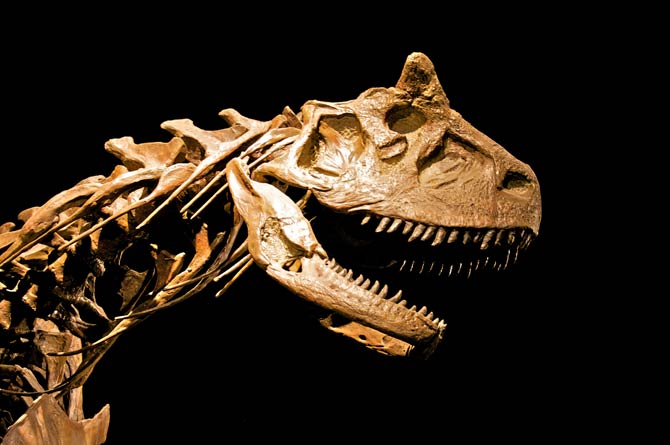
How did Carnotaurus move?
After the legs, the most important part of the body for balance and proper movement was the tail. It was made of specialized tail muscles called caudofemoralis. Interestingly, the tail vertebrae were not arranged in the shape of the letter “T” (therefore not arranged horizontally), but rather in the shape of the letter “V”, that is, at an angle to the vertical axis of the spine. This probably indicates that the vertebrae created space for the muscle mentioned above.
Carnotaurus has more muscle mass than any other theropod. This could mean that it was one of the fastest-running large theropods.
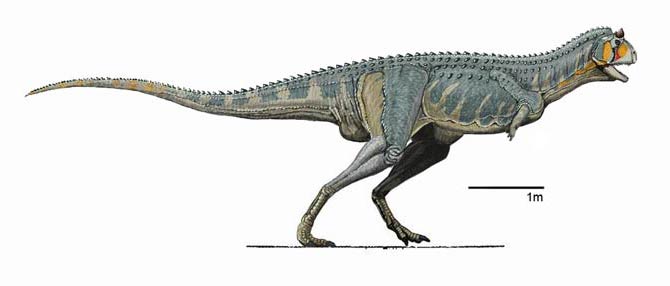
Detailed data / size
Carnotaurus
- Body length: 8-9 m (26 – 29.5 ft)
- Height to the hip joint: 2 m (6.5 ft)
- Height at the withers: 3 m (10 ft)
- Weight: 1.3-1.5 t (max. 2 t)
- Dated: 72-69 million years ago (Late Cretaceous)
- Distribution: South America, Argentina
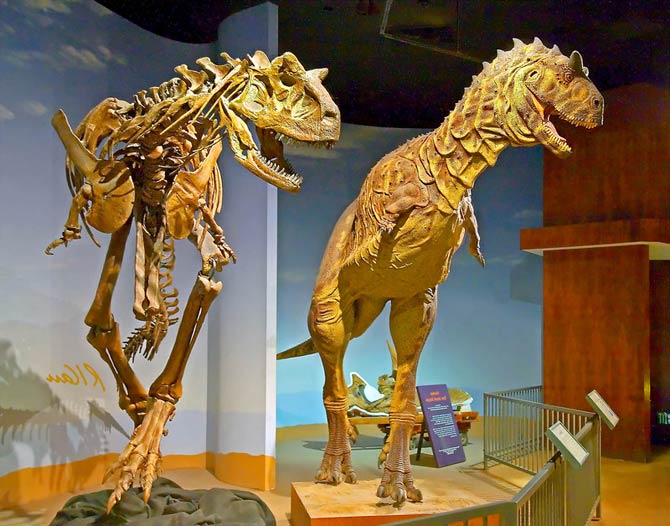
Carnotaurus – interesting facts
- The generic name comes from the Latin language. It combines two words: carno [carnis] – “flesh”, “meat” and taurus “bull”. The name can therefore be translated as “the meat-eating bull”. The term “bull” has to do with the horns that this lizard possessed. The second part of the species name – sastrei – was given in honor of Angela Sastre, the owner of the ranch where the skeleton was found.
- The Carnotaurus was the first theropod whose remains contained flaps of skin.
- Carnotaurus was the last known South American Abelisaurids.
- Thanks to the discovered, almost complete skeleton of Carnotaurus, it is one of the best-known theropods in the southern hemisphere.
- Although kinetic skulls were found in many other dinosaurs, Carnotaurus had many more moving parts in its skull than other relatives. According to many scientists, it is the most famous kinetic skull of a dinosaur.
- The adaptation to running was much better for the Carnotaurus than for humans, but not as good as for the ostriches.
References
- Carnotaurus sastrei – https://dinoanimals.com/dinosaurdatabase/carnotaurus-sastrei/

Recommended
- The longest dinosaurs. Sauropods Top 10
- The heaviest dinosaurs – Top 10
- The longest predatory dinosaurs. Theropods Top 10
- The heaviest predatory dinosaurs Top 10
- The longest Ornithischians (Ornithischia) TOP 10
- The heaviest Ornithischians Top 10
- The largest raptors (dromaeosaurs) Top 10
- The heaviest Dromaeosaurids / dromaeosaurs – Top 10
- The longest Ankylosaurus Top 10
- The heaviest Ankylosaurus Top 10
- The longest ceratopsians
- The heaviest cerapsians
- The longest and largest ornithopods
- The heaviest ornithopods Top 10
- The longest Stegosaurians (Stegosauria) TOP 10
- The heaviest Stegosaurians (Stegosauria) Top 10
- The smallest sauropods Top 10
- The smallest dinosaurs Top 10
- The largest pterosaurs Top 10
- Dinosaurs
- Dinosaurs database
- Predatory dinosaurs
- Animals & dinosaurs records
- The fastest animals – Top 100
- The fastest birds – Top 10

